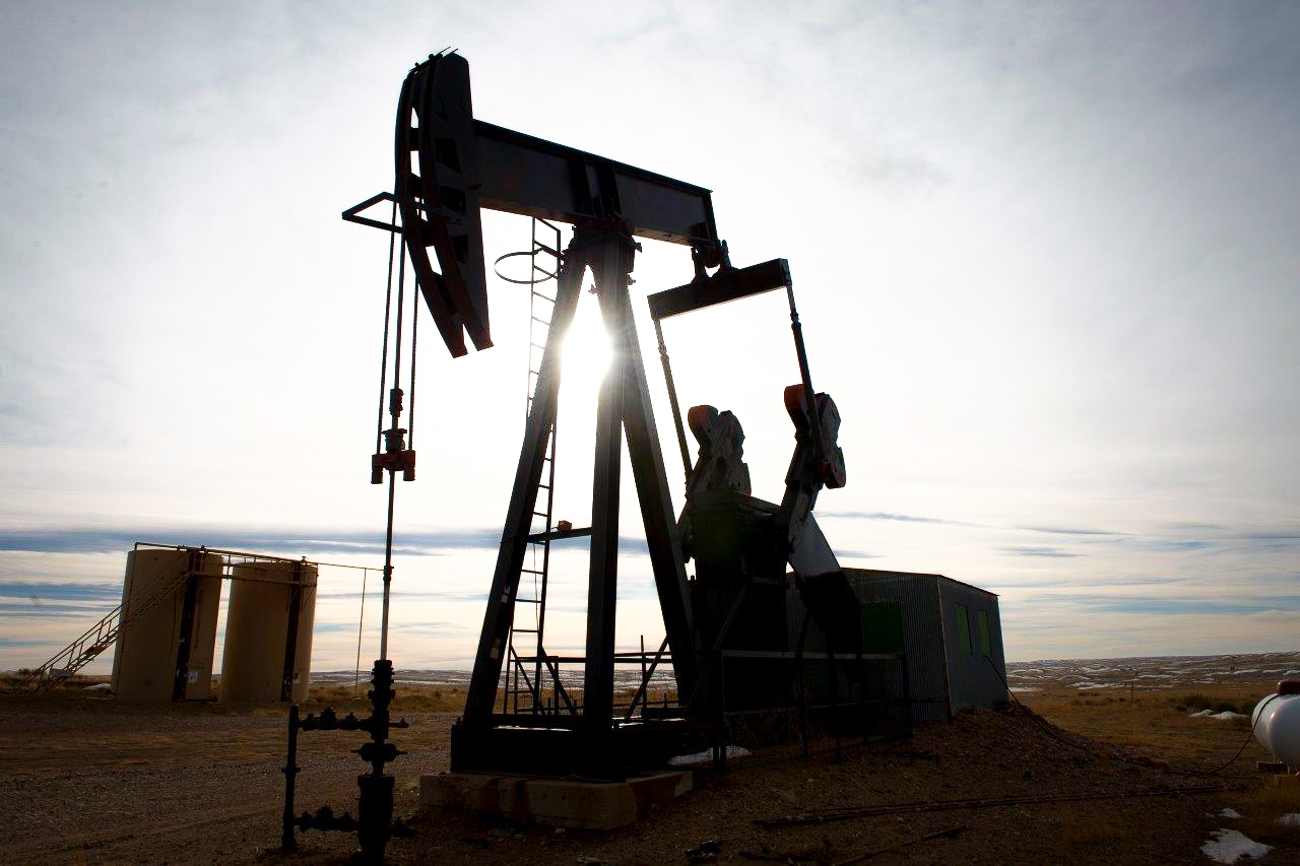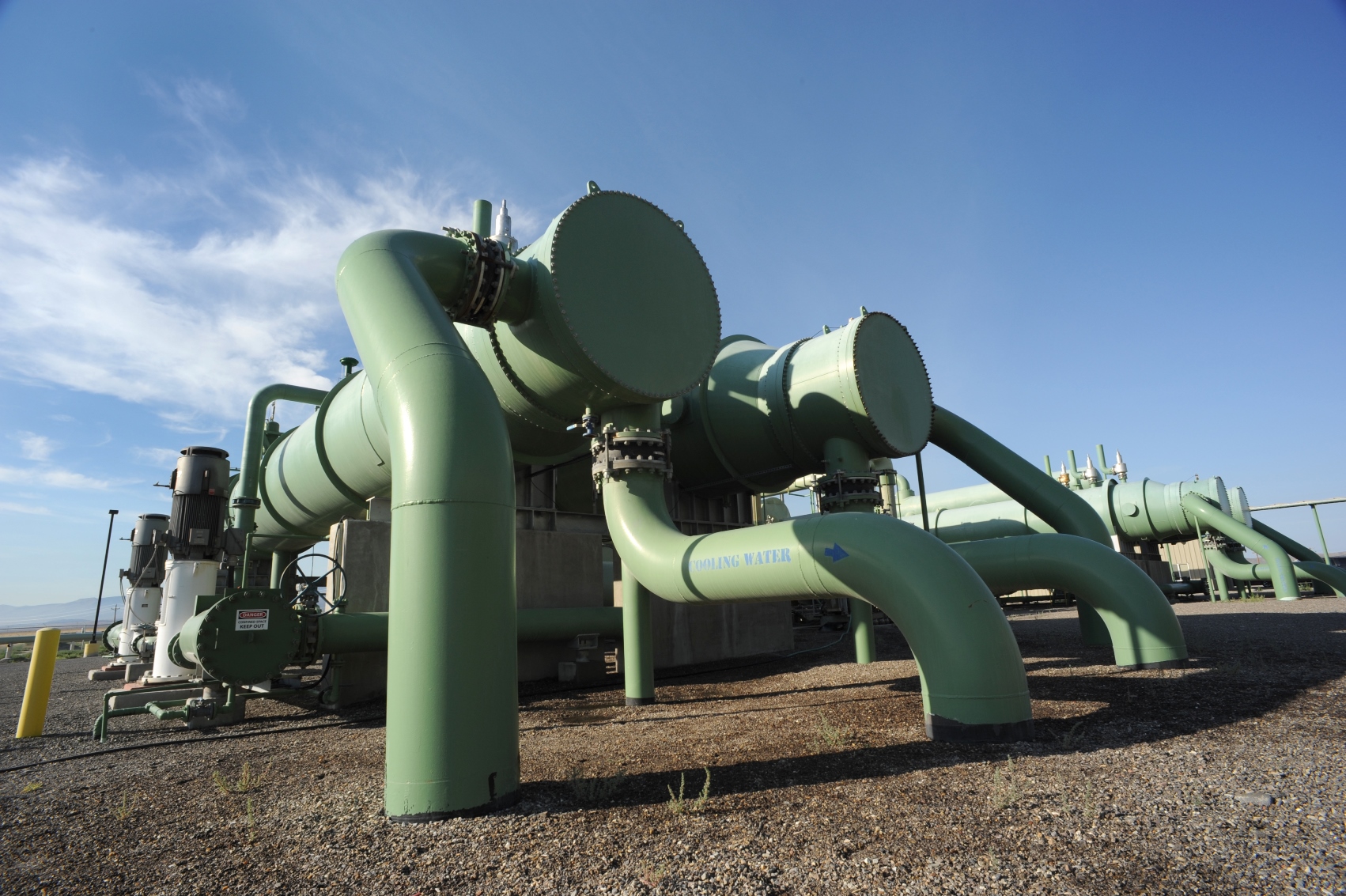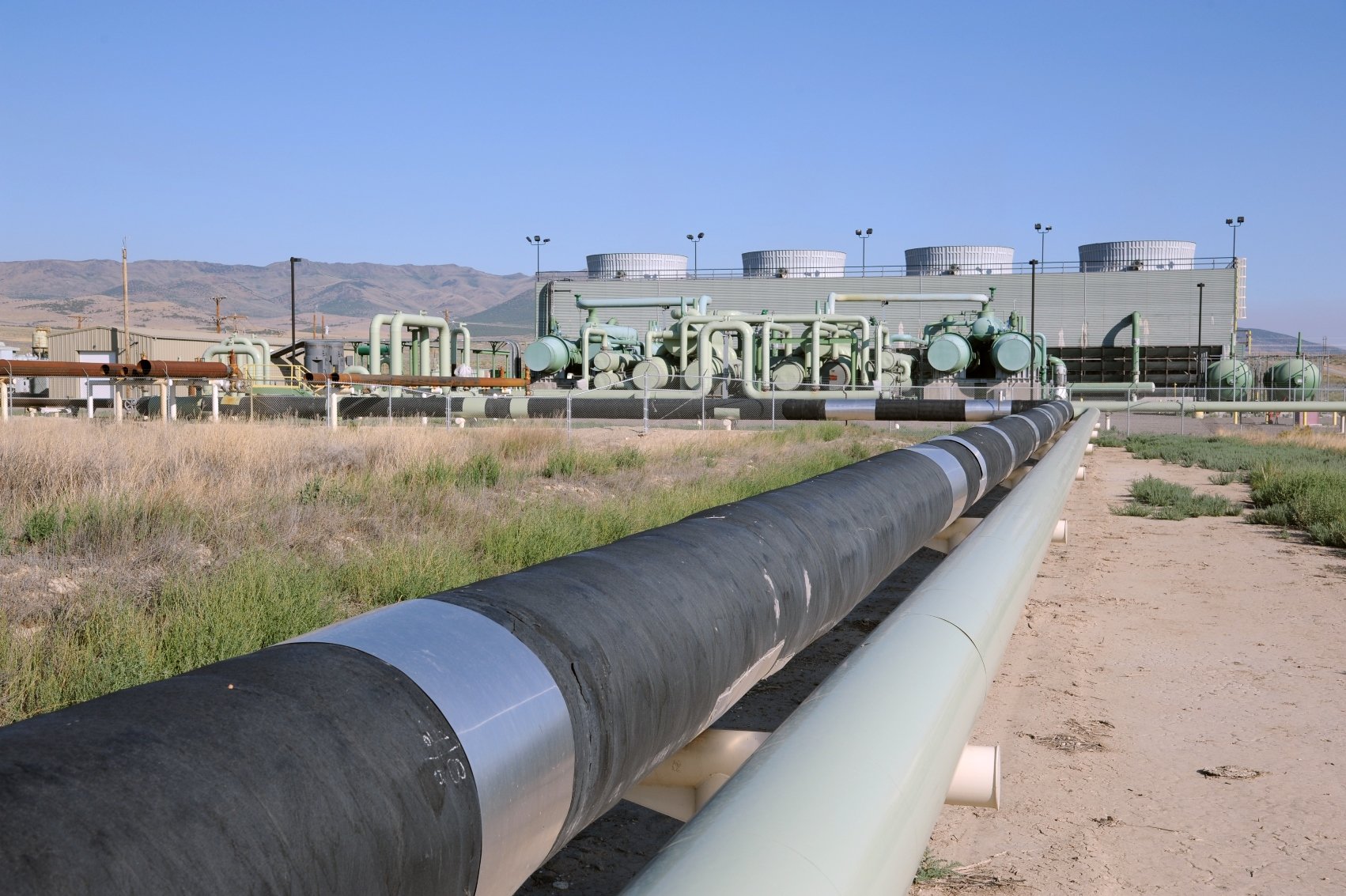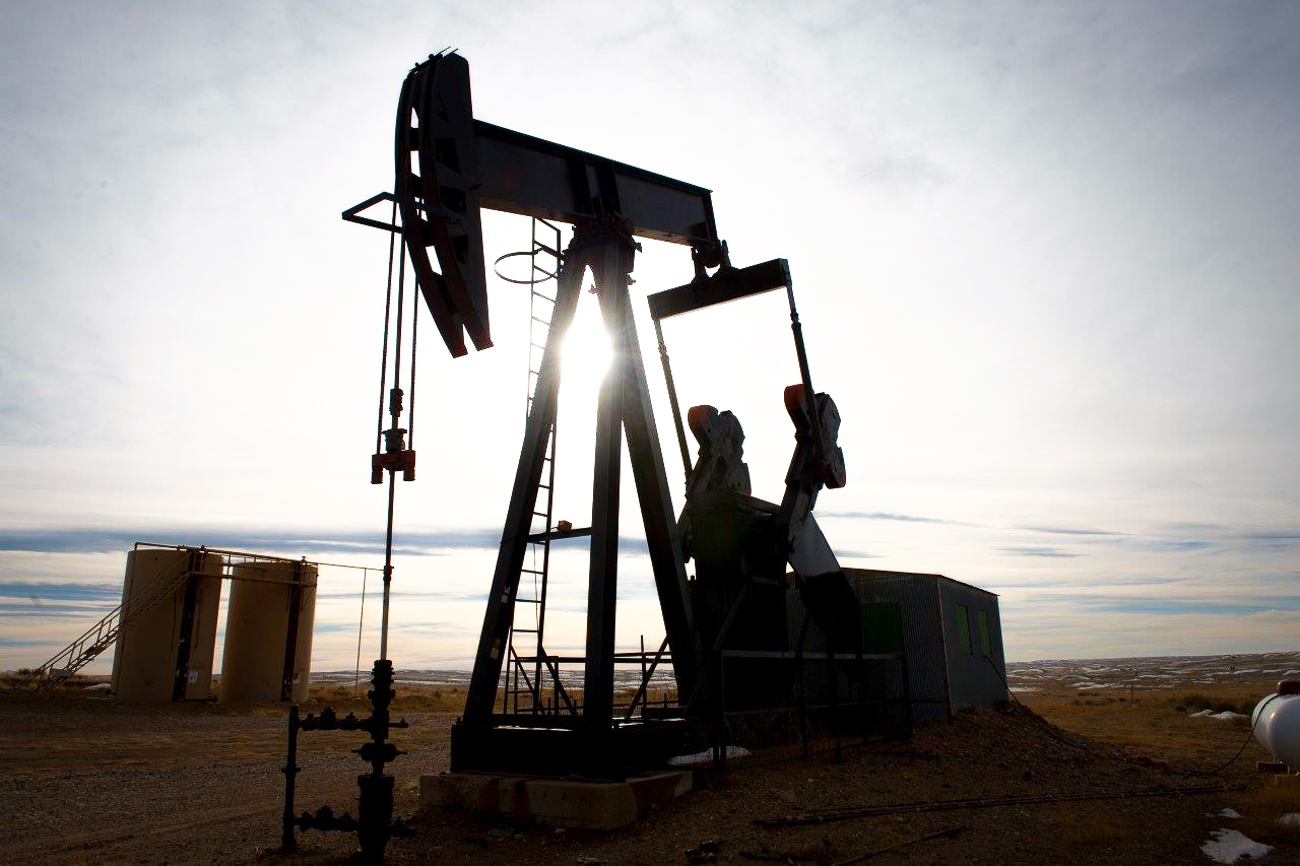Oil and gas exploration in Wyoming doesn’t bring only oil and gas to the surface. There’s salty wastewater in massive quantities as well, roughly 1.266 trillion gallons a year. That’s enough to cover an area the size of Connecticut a foot deep, with plenty to spare.
Until now, the brine has been disposed of by pumping it back into the ground through injection wells. But in a classic case of “what if?” the U.S. Department of Energy is looking at that water as a possible value-add. Instead of injecting it back into the earth, what if some of the water could be desalinized to where it could be used in agriculture and industry? And what if rare earth elements (REEs) and critical materials such as lithium could be economically extracted, boosting the nation’s domestic supply?
Rare earth elements are used in everyday devices such as rechargeable batteries, cellphones, catalytic converters, magnets and fluorescent lighting. Over the past 20 years, there has been an explosion in demand.

In June 2016, DOE announced four projects to assess the occurrence of REEs and critical materials that may be dissolved in higher-temperature geothermal fluids. Projects are eligible to receive up to $4 million in total funding.
Two projects involve Idaho National Laboratory and the Center for Advanced Energy Studies. INL is partnering with Lawrence Livermore National Laboratory in California to use bioengineered microbes in the design of a rare-earth enrichment and separation process. In the second, INL/CAES, the University of Wyoming’s Carbon Management Institute, and the U.S. Geological Survey are developing new methodologies to analyze trace elements in high-salinity brines.
CAES researchers Aaron Wilson and Dan Wendt, along with INL geologists Travis McLing and Rob Podgorney, visited the Cowboy State in mid-June to meet with counterparts at the UW, which has close ties to the state’s oil and gas industry. McLing said their hope remains that the university will be able to play matchmaker with the operator of a drilling site that has the right conditions for demonstration projects to be developed between now and 2019.

In 2015, INL received $1 million from DOE’s Office of Energy Efficiency and Renewable Energy to study desalinization using switchable polarity solvent forward osmosis (SPS-FO), a patented technology Wilson and his INL colleagues have pioneered. With SPS-FO, water from the brine permeates through a membrane. A more concentrated solution on the membrane’s far side draws freshwater away from the salt, producing water clean – enough to be used at least for irrigation. For the “further processing” to work, however, the process needs an energy input. This is where geothermal heat from the subsurface enters the equation.
For a successful pilot, there is a Goldilocks consideration on two fronts: The water can’t be too hot or too cold, and it can’t be too saline, McLing said. Once the technology is successfully piloted it, can be applied to a wider range of brine conditions. Last of all, they need a willing partner.
The economics makes sense in two ways. “They’re already producing water anyway, and they have to pay to dispose of it,” McLing said. “If they can take the water that’s being produced anyway and process it, it can be used for irrigation instead of being injected. Water has a fair amount of value.”

Sampled from sandstone and dolomite rock reservoirs at subsurface depths of more than 11,000 feet, Wyoming’s brines have been shown to contain elevated concentrations of REEs and other strategic trace metals. But in Wyoming and elsewhere, the concentration and character of REEs in oil and gas thermal waters and many traditional geothermal systems is largely undefined. The project will investigate the REE concentrations in the following ways:
- Refining methodologies for analysis of trace REE concentrations in saline, including the challenge of treating hydrocarbon-based compounds and contaminants, and working with limited sample quantities.
- Characterizing REE concentrations relative to differing reservoir conditions and locations.
- Screening parameters and developing models to identify reservoirs with high REE and geothermal potential. This project will define the REE and trace metal character of produced water in numerous geologic regions, identify subsurface variables that likely affect REE concentrations, and provide screening models to identify high-priority reservoirs.
For McLing, who has had a relationship with UW since he began researching brine salinity in 2007, the projects represent opportunities to pioneer research that has never been done before.
“We need a demonstration project, something without a whole lot of knobs to turn,” he said. “If you’re learning to frame, you want to start with a shed, not a mansion. But we believe it has tremendous potential.”







